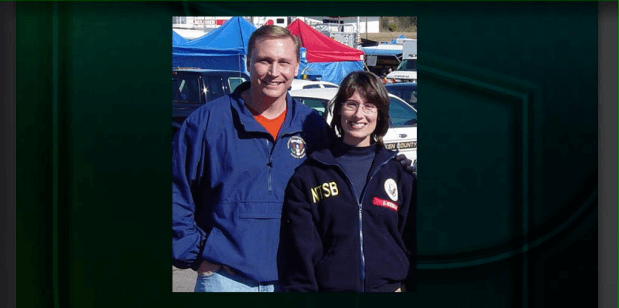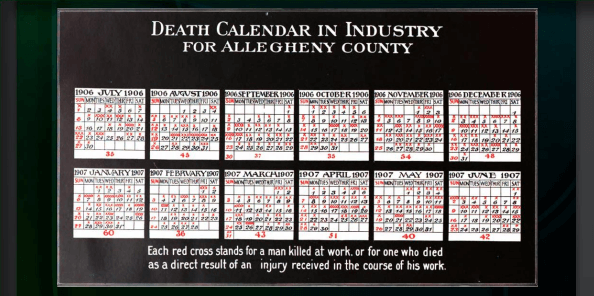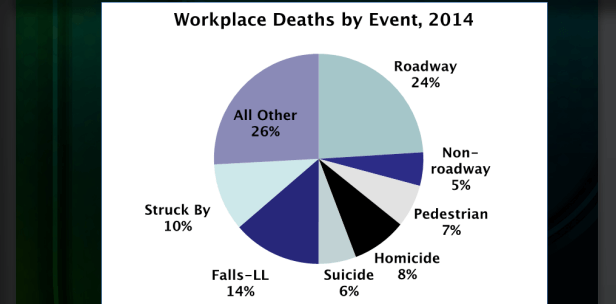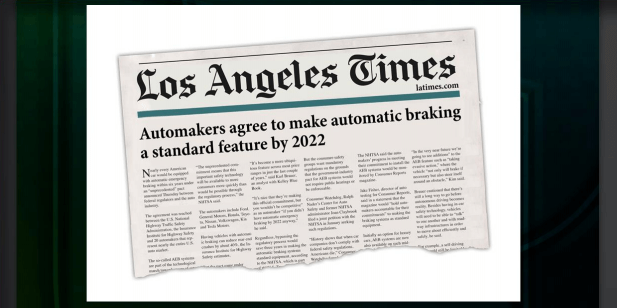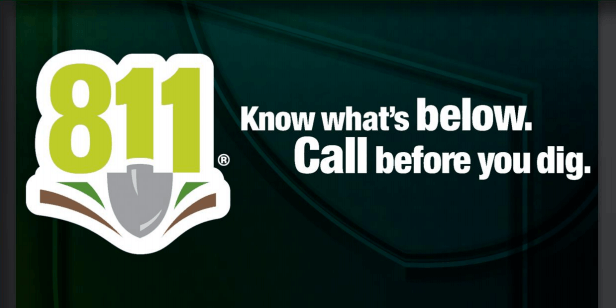Five decades ago, John F. Kennedy shared his own bold vision of putting a man on the moon.
Earlier this year, President Obama announced an audacious plan to cure cancer ‘once and for all.’
And once upon a time, our keynote speaker Terry Bradshaw, had a dream to play in the NFL and to become one of the greatest quarterbacks the game has ever seen.
These were all moonshots. They came when someone said, “I do not care how hard it is – we are going to do it anyway.”
A moonshot is when you look at something important and decide, it’s not impossible – it just hasn’t been done yet.
Recently, the National Safety Council announced our own moonshot.
We will eliminate preventable deaths in our lifetime.
We know this is a bold idea, but it’s one we cannot ignore.
We are at an all-time high for preventable deaths. Over 130,000 people die every year from something preventable – a fall, a car crash, a drowning. 4,000 of those happen in the workplace -- that’s like losing everyone in this room every year.
At the National Safety Council, we believe there is no such thing as an accident. We believe all 130,000 deaths are preventable.
So let me ask you, do you believe it is possible?
If you think it’s possible to eliminate preventable deaths in our lifetime, please stand up. If you think it’s possible to eliminate preventable deaths at your company, please stand up. If you think you can eliminate preventable deaths in your department, please stand up. …in your team, stand up.
Look at the people around you. Shake someone’s hand. Give them a high five. We can get to zero. Thanks everyone, you can all sit down now.
If each of you focuses on that one moonshot for your team, we can eliminate preventable deaths in our lifetime. You don’t have to solve the big number. You just have to solve your number.
February 25th, 2006 was the day I became painfully aware of my number.

